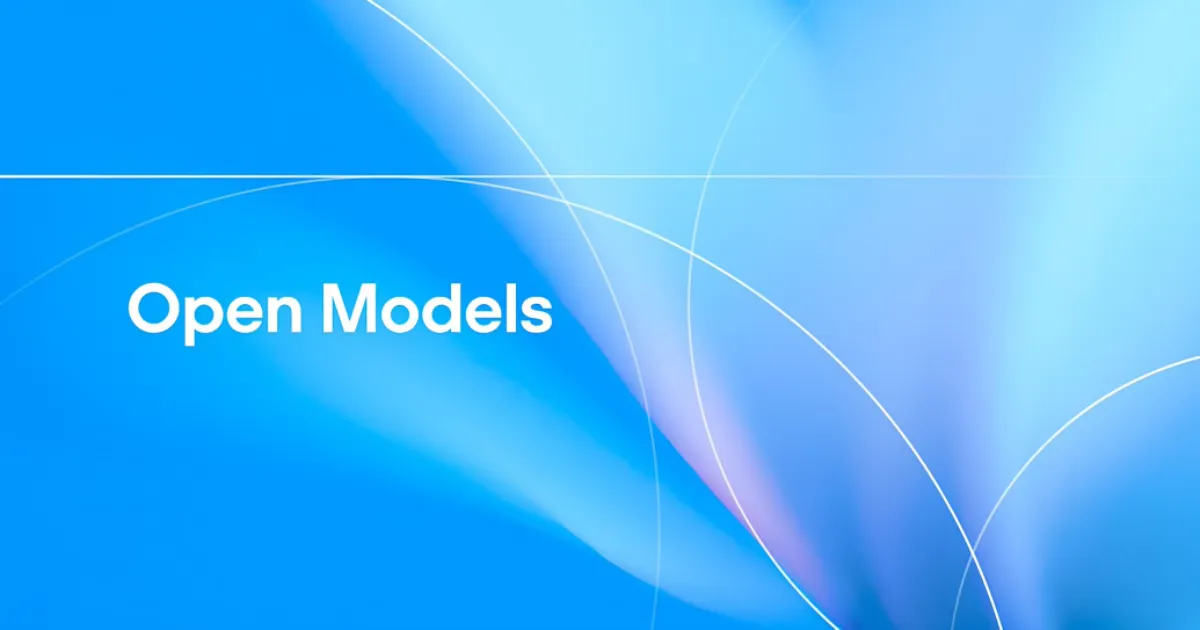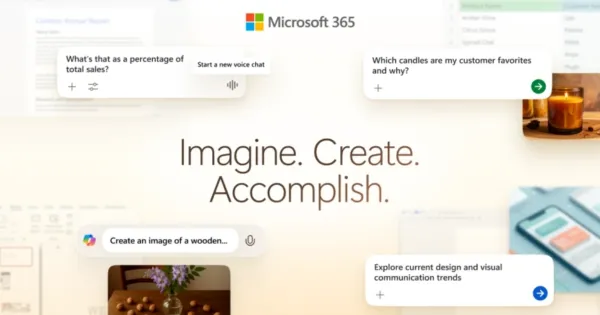OpenAI releases two open-source AI models

In a significant move that signals a shift in its strategy, OpenAI has released two open-weight AI reasoning models—gpt-oss-120b and gpt-oss-20b—marking the company’s first truly open language model release since GPT-2 over five years ago. Available now on Hugging Face under the permissive Apache 2.0 license, the models are being billed as "state-of-the-art" contenders in the open-source AI ecosystem.
Two Models, Broad Reach
The models come in two sizes:
- gpt-oss-120b: A larger, high-performing model designed to run on a single Nvidia GPU.
- gpt-oss-20b: A lighter model that can run on consumer hardware, such as laptops with 16GB of RAM.
OpenAI emphasized accessibility with these designs, aiming to democratize powerful AI by putting capable tools into the hands of everyday developers—not just those with large cloud budgets.
A Strategic Shift Amid Global Competition
This release comes amid rising pressure from international AI labs, particularly in China. Labs like DeepSeek, Alibaba’s Qwen, and Moonshot AI have pushed the envelope in open model development, while Meta’s once-dominant Llama models have lost some of their competitive edge.
OpenAI CEO Sam Altman acknowledged the broader geopolitical implications of the move:
“We are excited for the world to be building on an open AI stack created in the United States, based on democratic values, available for free to all and for wide benefit.”
The launch also follows calls from the Trump Administration in July for U.S.-based AI developers to open source more technology to maintain leadership in responsible, globally-adopted AI.
Technical Performance: Competitive, With Caveats
The gpt-oss models aim to lead among open-weight alternatives:
- Codeforces (competitive coding with tools):
- gpt-oss-120b scored 2622,
- gpt-oss-20b scored 2516,
Outperforming DeepSeek’s R1 model but trailing OpenAI's own proprietary o3 and o4-mini models.
- Humanity’s Last Exam (HLE) (a benchmark of general knowledge):
- gpt-oss-120b: 19%,
- gpt-oss-20b: 17.3%,
Again outperforming many open models, but behind o3.
However, hallucination rates remain a major concern. On the PersonQA benchmark, which tests factual accuracy about individuals:
- gpt-oss-120b hallucinated on 49% of questions,
- gpt-oss-20b on 53%—
significantly higher than proprietary models like o1 (16%) or o4-mini (36%).
OpenAI attributes this to smaller models having less world knowledge, stating in its white paper that higher hallucination is expected among open-weight architectures.
Behind the Scenes: Advanced Training Meets Open Access
Despite being open, the models were trained using cutting-edge techniques from OpenAI’s proprietary processes:
- Mixture-of-Experts (MoE) architecture allows the model to selectively activate only a small number of parameters per query—just 5.1B of 117B for gpt-oss-120b—optimizing performance and efficiency.
- High-compute Reinforcement Learning (RL) was used post-training to instill reasoning, allowing for more complex, step-by-step thinking.
- Like their o-series cousins, the gpt-oss models can act as AI agents, calling tools such as web search or code execution—but they are text-only and cannot process images or audio.
Licensing and Limitations
OpenAI is offering the models under the Apache 2.0 license, giving developers and businesses full rights to modify and commercialize the models without seeking permission or paying royalties.
However, OpenAI will not release the training data, citing ongoing copyright litigation across the industry as a reason to withhold it. This puts the release in contrast with fully transparent initiatives from other labs such as AI2.
The company also conducted rigorous safety assessments, including tests to determine whether gpt-oss models could be misused for cyber or bioweapon development. While marginal increases in biological risk were noted, OpenAI concluded that the models do not reach its “high capability” danger threshold, even after fine-tuning.
An Opening Move in a New Era of AI
OpenAI’s open-weight models may not yet match the reasoning power of the latest proprietary offerings, but they signal an important strategic pivot. By embracing open access while retaining safety and governance standards, the company hopes to reestablish a foothold in the open-source AI space—and perhaps counter the growing influence of international rivals.
Developers and governments alike will be watching closely—not just to evaluate model performance, but to see whether OpenAI’s renewed commitment to openness can truly scale.
Meanwhile, the AI community eagerly anticipates the forthcoming DeepSeek R2 and Meta’s rumored superintelligence lab model, both poised to challenge OpenAI's early lead.





